What do you call a combination of the Levo SL and Enduro? Well, Specialized calls it the all-new 2022 Kenevo SL!
Way way back in February 2020 (yeah it seems like a really long time ago doesn’t it?) Specialized stunned the cycling world with the Levo SL. The SL represented a new breed of eMTB, something with a weight close to a non-assisted bike yet with the added boost of a lightweight motor and battery contained in a carbon frame. The original Levo SL, while not necessarily the first ultra-lightweight eMTB (I believe that honour goes to Lapierre ) it was perhaps the first to really get momentum going and since then we’ve seen a number of lightweight eBikes released.
Not only was the Levo SL lightweight it was also a clever mix of existing technologies. The lightweight motor and battery systems were first seen in the Creo SL road bike while the frameset itself shared much of its features with the popular Stumpjumper platform. The combination proved popular, so popular in fact that Specialized has played the mix and match card again for 2022.
2022 Specialized Kenevo SL
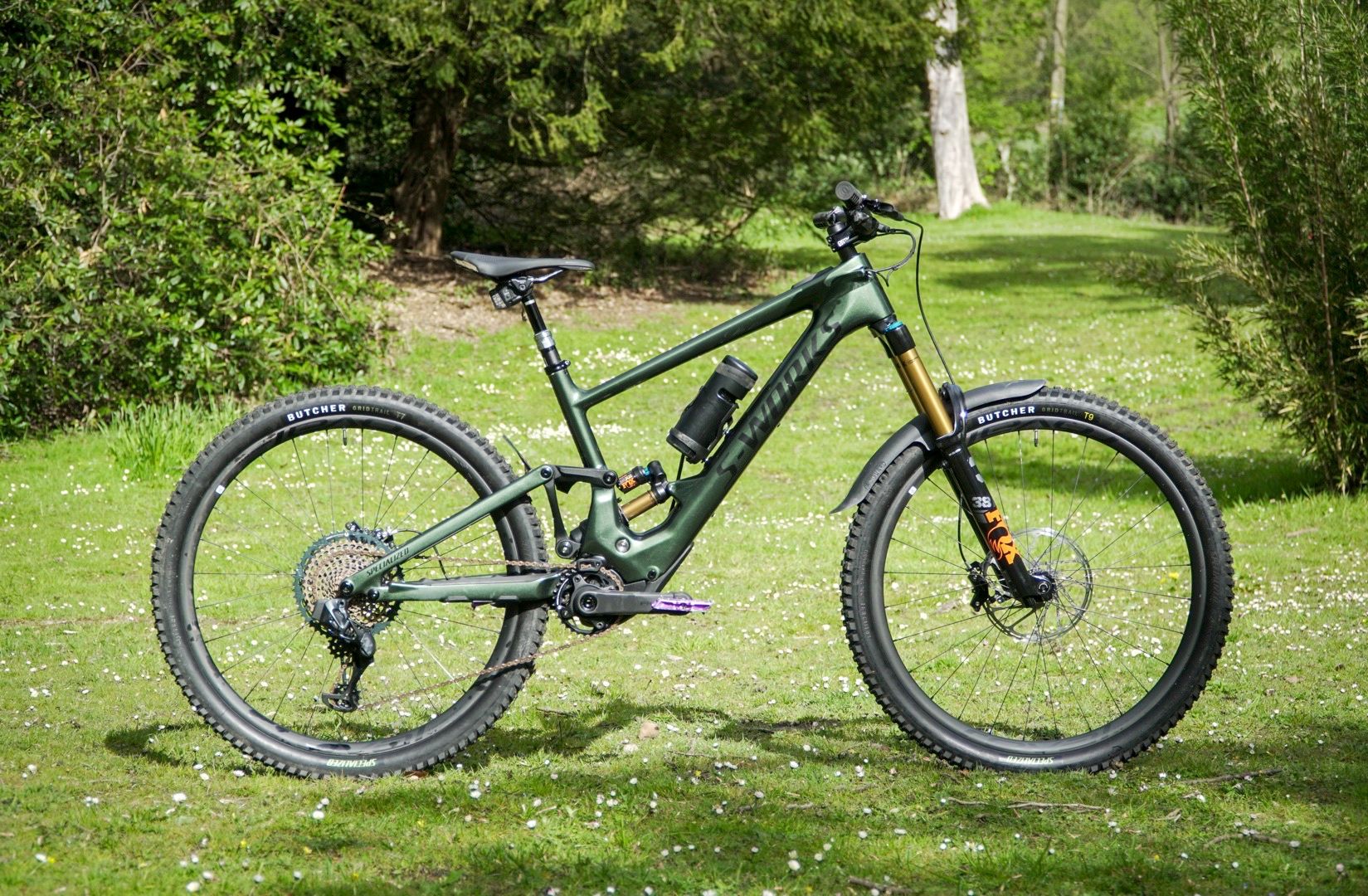
So right off the bat, this is a Kenevo like no other we’ve seen before. It actually shares more in common with the current generation Specialized Enduro (and Demo) than it does with the big travel alloy Kenevo we’re used to seeing.
The frameset is a monocoque FACT 11m carbon fibre frame which helps keep the weight of the Kenevo SL so low that this complete bike hits the scales at a full 12 lbs less than a standard Kenevo. This lightweight carbon frameset has been fully optimized for handling and weight-saving while remaining tough enough for the type of exploits a 170mm travel super-enduro bike is capable of. Our S4 test bike weighs in at 19.7kg with innertubes, pedals and a fender.
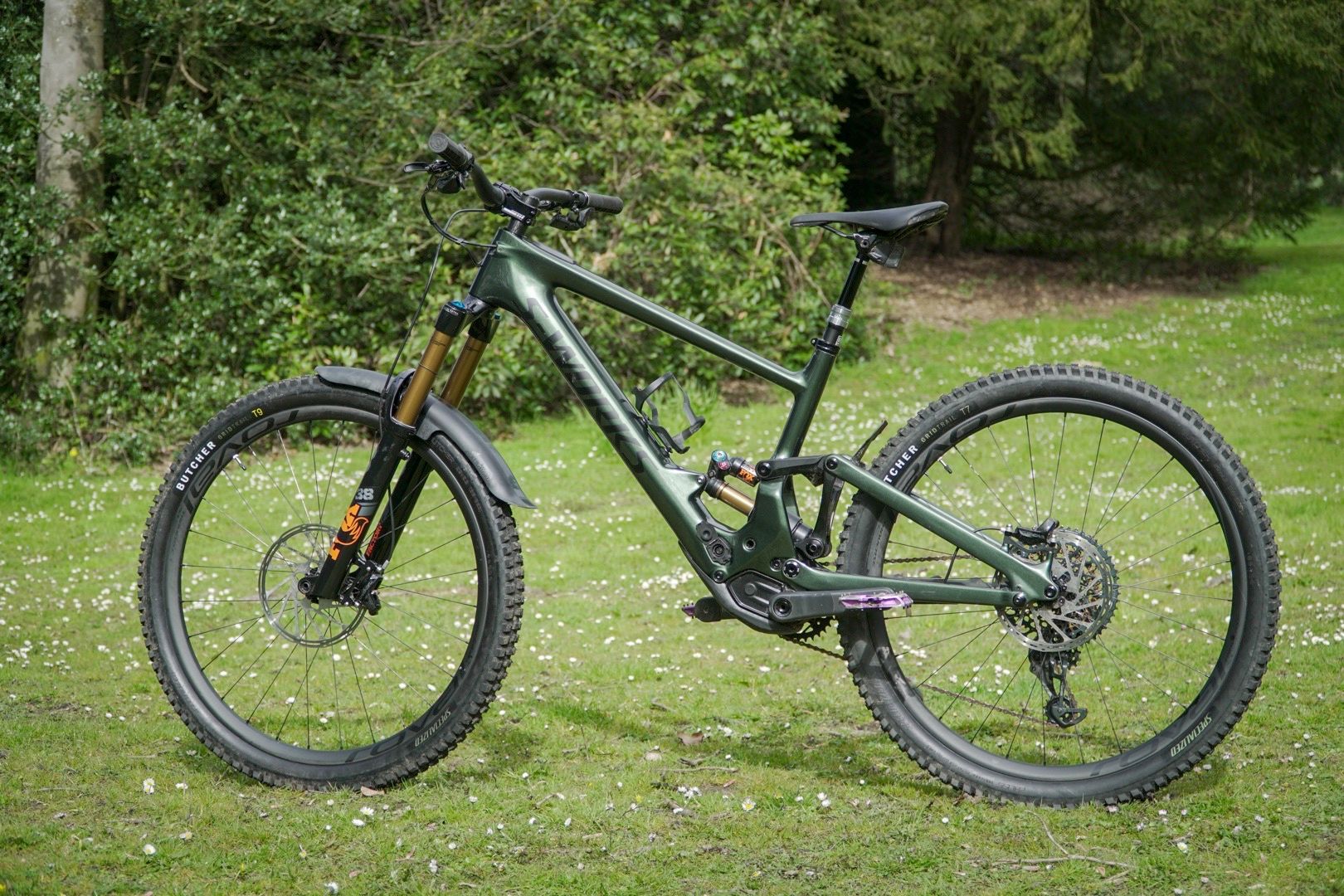
Despite the low shock position and the numerous pivot points and linkages, Specialized’s engineers have still found plenty of room for an extremely neat SL 1.1 motor integration, and the chunky carbon downtube provides ample room for the Kenevo SL’s 320Wh battery pack.
Looking at the Kenevo SL alongside an eMTB from just a few years ago shows us just how far we have come in terms of design and integration. This is one truly stealthy eMTB and if it wasn’t for the built-in display most people probably wouldn’t realise what it is. Speaking of which, the display or Turbo Control Unit (TCU), is the brains of the bike giving the rider plenty of important information at a glance while also giving the Kenevo the ability to pair with your smartphone, or even heart rate monitor. I’m not sure what the resolution of the display is, but the information is beautifully crisp, bright and clear, and best of all the battery consumption is displayed as a percentage rather than non-descript bars.
Beneath the TCU’s display is a single button for powering the system on, then each mode, and display views, are controlled by an on-bar remote. Simple + and – buttons for cycling through the modes, with two additional buttons for cycling through display options or activating the walk mode.
Yes, that display is correct, there is 150% of battery capacity available but this is because I shot my bike with the optional range extender battery connected. The range extender is a small 160Wh battery that sits in the bottle cage and tethers to the charging port of the main battery.
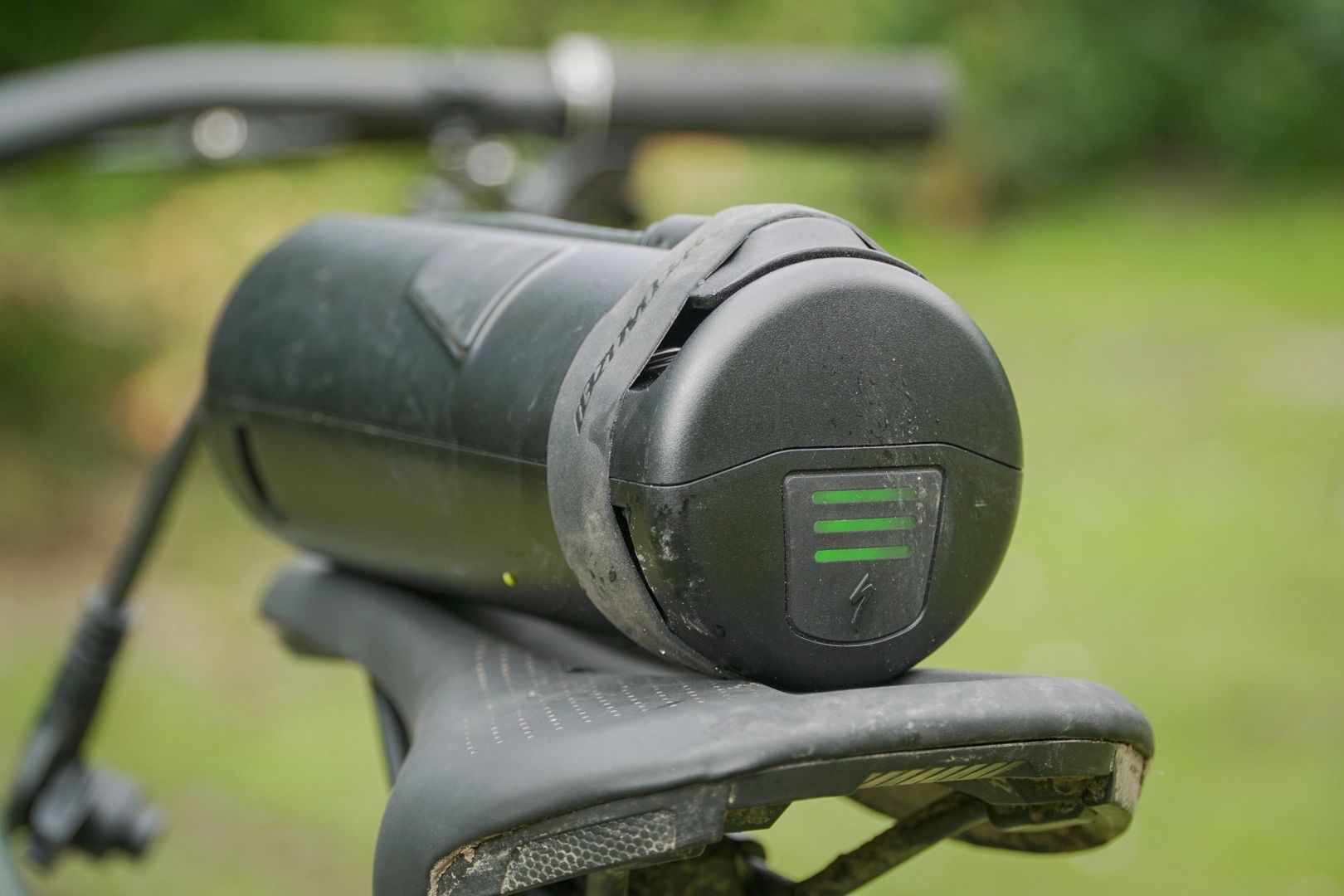
You don’t need to worry about the tether disconnecting by mistake as there is a tab to lock it in place, and Specialized provides a ‘Y’ charging connector so that you can charge both batteries at once should you need to. I’ve not played around too much with the additional battery yet as our test bike only arrived last week, but it’s small enough to carry in a pretty small pack and from the Mission Control app you’re able to set how the two batteries work together i.e synchronised discharging or drain one before the other.
All of this tech is here though to give you a little helping hand out on the trail via that tiny motor. Compared to the full-fat Levo motor, or something from Shimano or Bosch, the SL 1.1 system is very much an assist rather than a power boost. You’ll still be able to climb faster than a standard mountain bike, but you’ll have to work just as hard. And if your riding buddies are all on 85Nm bikes, don’t expect the 35Nm output of the SL 1.1 motor to be enough to keep up. Then again this low power motor does weigh less than 1.95kg which helps to make this one of the lightest 170mm travel eMTBs currently on the market.
So is it just an Enduro with a motor?
The familiar aesthetics, 6 bar suspension and carbon frame look almost identical to the non-assisted Enduro, but Specialized has done quite a bit more than simply sliding in a battery and bolting on a motor.
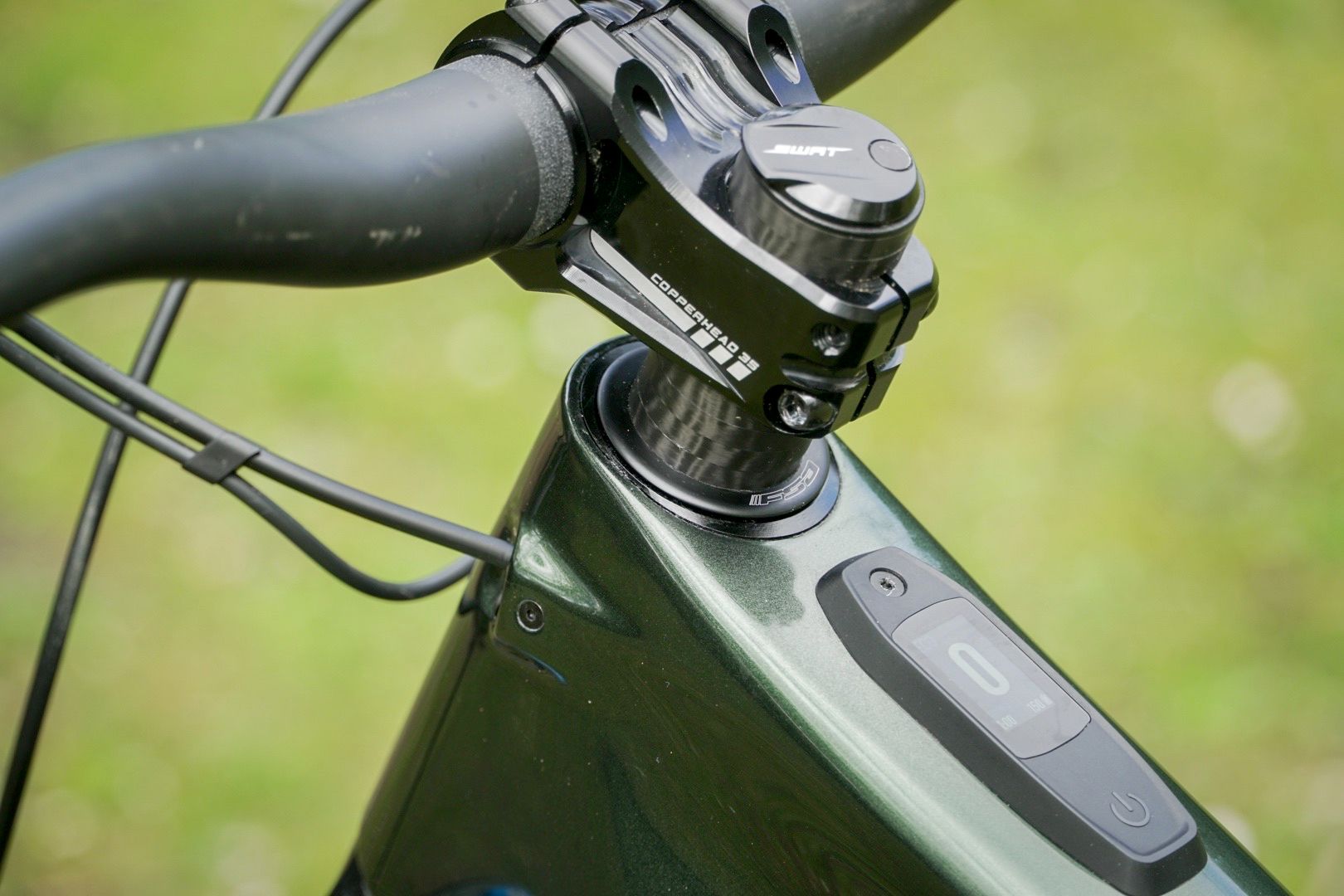
For starters, the suspension kinematics are tuned specifically for the Kenevo SL. Specialized calls this RX Tune and say the Enduro suspension numbers were tuned to account for the extra power and speed the Kenevo is capable of.
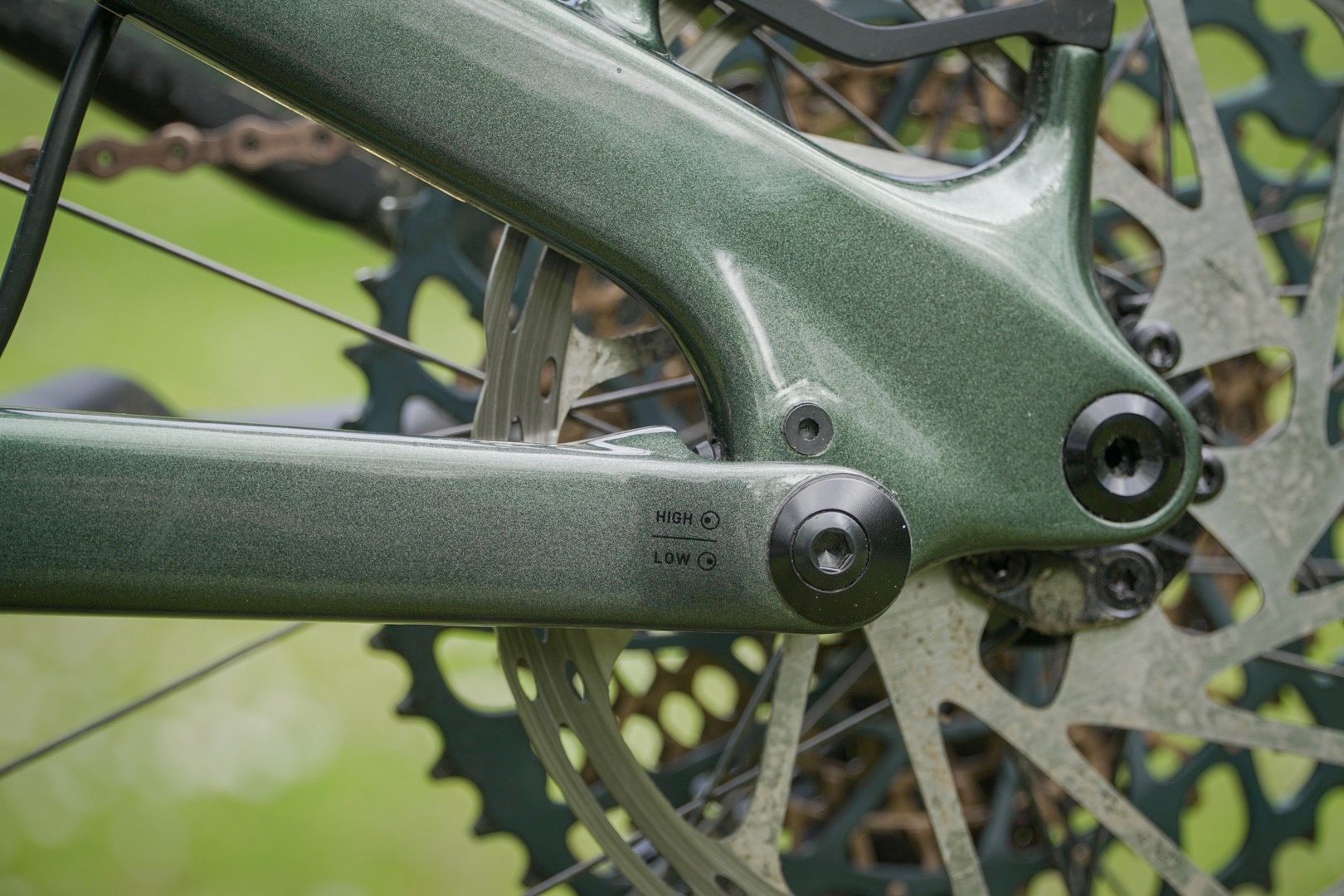
Another important change to the Kenevo SL frameset over the Enduro is the additional geometry tuning options. The Enduro offers both angle and BB adjustments via rotating chips in the shock eyelet, but the Kenevo SL provides these tweaks using different methods. For head angle adjustments, the SL is supplied with optional headset cups offering front end angles from 63.5 to 64.5 degrees. The bottom bracket height is independently adjusted via an eccentric Horst Link bolt, offering 6mm of movement.
2022 Specialized Kenevo Geometry
Because the Kenevo SL frameset has these two adjustments and because they can be adjusted independently from one another, the possible geometry combinations are quite varied. For those of you who love numbers feast your eyes on these geometry combinations.
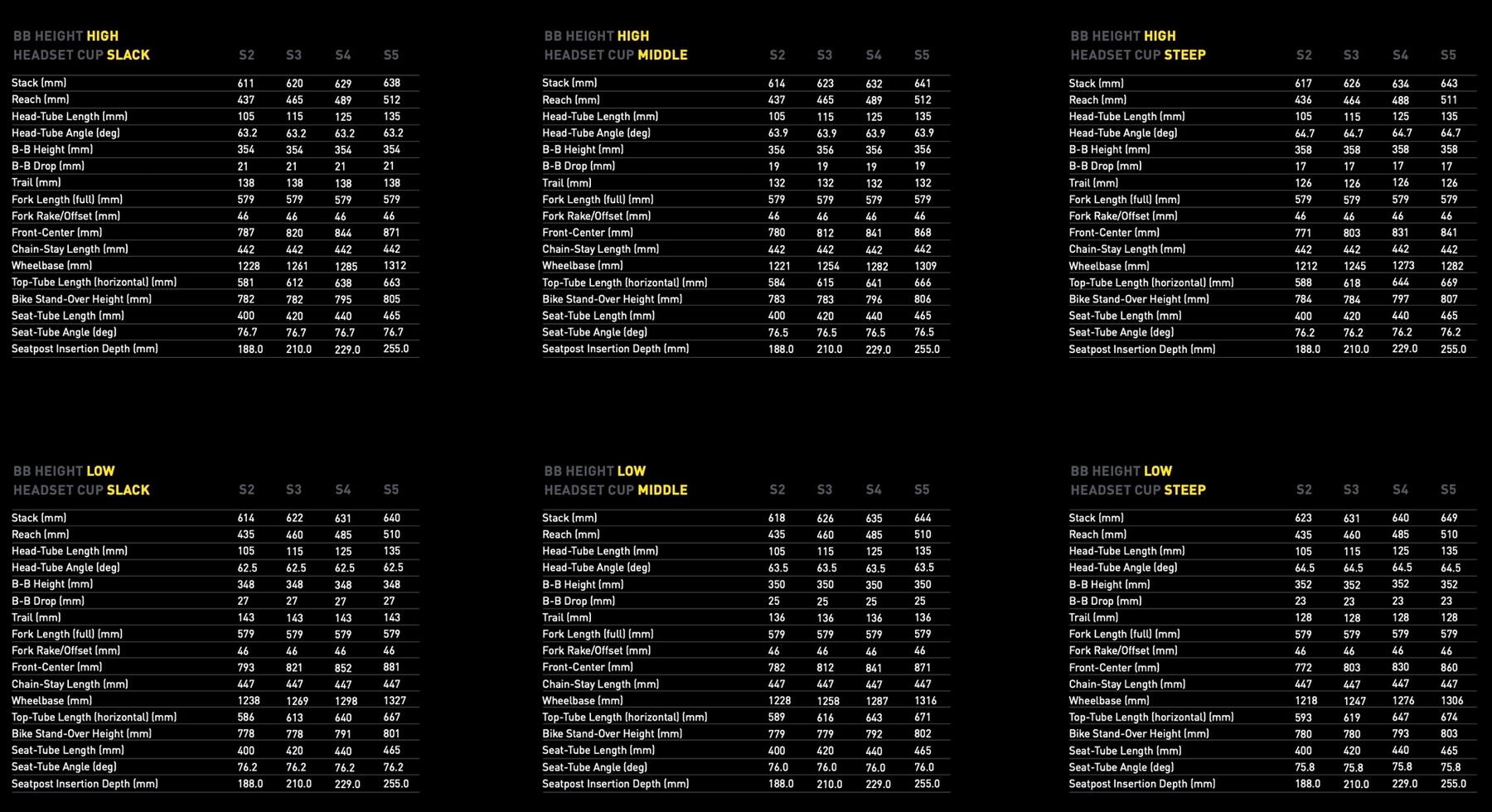
2022 Kenevo SL – What’s it like to ride?
Anyone who has attempted to purchase a bike this year already knows that availability is a nightmare, but it’s not just shops that are working to keep up with demand, distributors and brands too are struggling and that means test bikes are taking longer to turn up at the office. In this case, our sample Kenevo SL only arrived 6 days before the official launch, thus the following information should be considered a ‘first ride impressions’ not a complete review.
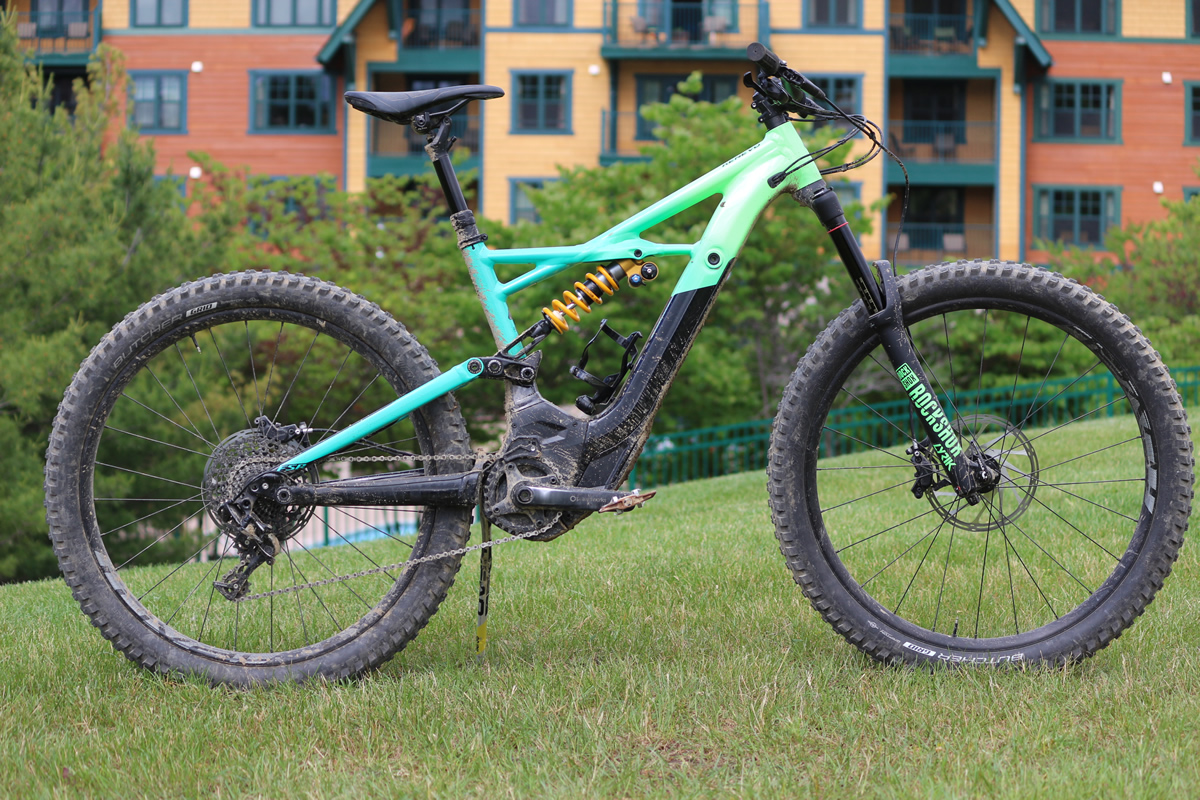
The last Kenevo I rode was one of the original alloy bikes, this new Kenevo is nothing like that not only in terms of technology, design and aesthetics but geometry too. As a general rule, U.S brands tend to be a little more conservative in terms of geometry when compared to the UK and European brands, but Specialized has been really pushing the numbers lately.
As such the Kenevo’s geo isn’t labelled with your standard small, medium, large, etc but from S2 – S5 covering reach numbers from 437mm-512mm (depending on the head angle and BB drop). Our test bike is an S4 with a 489mm reach, and a seat tube length of 440mm. Oddly, at least for my taste, the stem on the S4 is a 50mm model something I’ll likely end up swapping for a 35mm option for a more direct feel with the front wheel. At 178cm the reach and seat tube numbers are similar to most other modern bikes, but it’s worth noting that the 175mm AXS dropper on our S Works build cannot be fully slammed into the frame. This effectively adds another 60mm to the overall height (due to the long collar on AXS posts) meaning that with the saddle fully extended I’m on the very limit of comfort.
Ah yes, this is a Kenevo SL S Works build costing a cool £12,500. For that huge wedge of cash, you get an AXS wireless dropper post, AXS wireless shifting, 12-speed Eagle XX1 in a lovely bronze finish, and lots of carbon. Wheels are carbon Roval Traverse, as are the 800mm wide bars. Finishing off the carbon is a pair of 170mm Praxis crank arms. There’s no point having 170mm of wheel movement without decent damping and adjustability, so I was happy to see a Fox Factory 38 on the front and matching Kashima X2 rear shock. While lighter than most ebikes, the Kenevo SL still has plenty of mass to it so SRAM Code RSC brakes are employed for stopping and Specialized’s own Butcher T9 (front) and T7 (rear) tyres offer up the traction.
If £12,500 is a little rich there is also an Expert build with black stanchioned suspension and cable operated gears and dropper for £8750, or if you already have the parts to build your own Kenevo a frame only option costs £6500. Range extender batteries are an optional extra and retail at £340 each.
Turning the pedals for the first time on the Kenevo SL I was impressed by the lack of drag from the motor even without any power running through it. You would have to be fit to ride it with no assistance, but it’s a much better prospect than attempting to pedal a ‘full-power’ eMTB in the event of a flat battery or mechanical.
Powering up the SL is fast and the drive engages right away with perhaps the smoothest and most natural feel of any eMTB system I have tested so far. This might partially be down to having more than 50% less torque on tap compared to other systems but the pickup and tail off of power, when hitting the EU limit, is measured and unobtrusive. Hitting the assist limit on a Shimano EP8 feels like riding through treacle, but the Kenevo SL doesn’t suffer this abrupt change or produce any notable drag.
Riding with someone on an EP8 bike for my first ride proved that the SL motor doesn’t have the same level of power or assist, but it does provide better traction and is much easier to prevent the rear wheel from losing grip on loose climbs. The Kenevo is much easier to get up to speed than a heavier eMTB too. It still doesn’t have that ultra-fast 0-60 like acceleration of a non-assisted bike but with the aid of Turbo you can be over that cut off speed pretty quickly, and with 170mm of sorted suspension and 29in wheels the numbers just keep climbing from there.
Over the past few months, I’ve spent a lot more time on shorter travel and hardtail bikes so the magic carpet feel of 170mm travel and a low-centre-of gravity took a little getting used to. Modern big travel bikes are so well sorted that you don’t really get a sense of the speed you’re travelling at, everything is calm and time almost slows down. It’s only when you reach a corner much faster than you were expecting when you realise just how fast the Kenevo SL is. Thankfully it corners amazingly, whipping around them with much less effort and a whole lot more agility than a standard eMTB.
As for range, again I don’t really have much in the way of testing to give an accurate idea or number, but on our first ride and ridden only in Eco I recorded 657ft of climbing from just 9% of battery and completed 3019ft of climbing on a mix of Eco and Trail with 32% to spare (not including the untouched range extender in my pack). I think I could have done better too, but with an EP8 bike setting the pace I may have tired myself out a little too quickly trying to keep up.
I’ll keep on riding the 2022 Kenevo SL for the next few weeks and will post a complete review soon, also keep an eye out for a first look video heading to our YouTube channel soon.
2022 Specialized Kenevo SL Pricing
- SWORKS – £12500
- Expert – £8750
- SWORKS frame – £6500
Comments (13)
Leave Reply
Post Comment
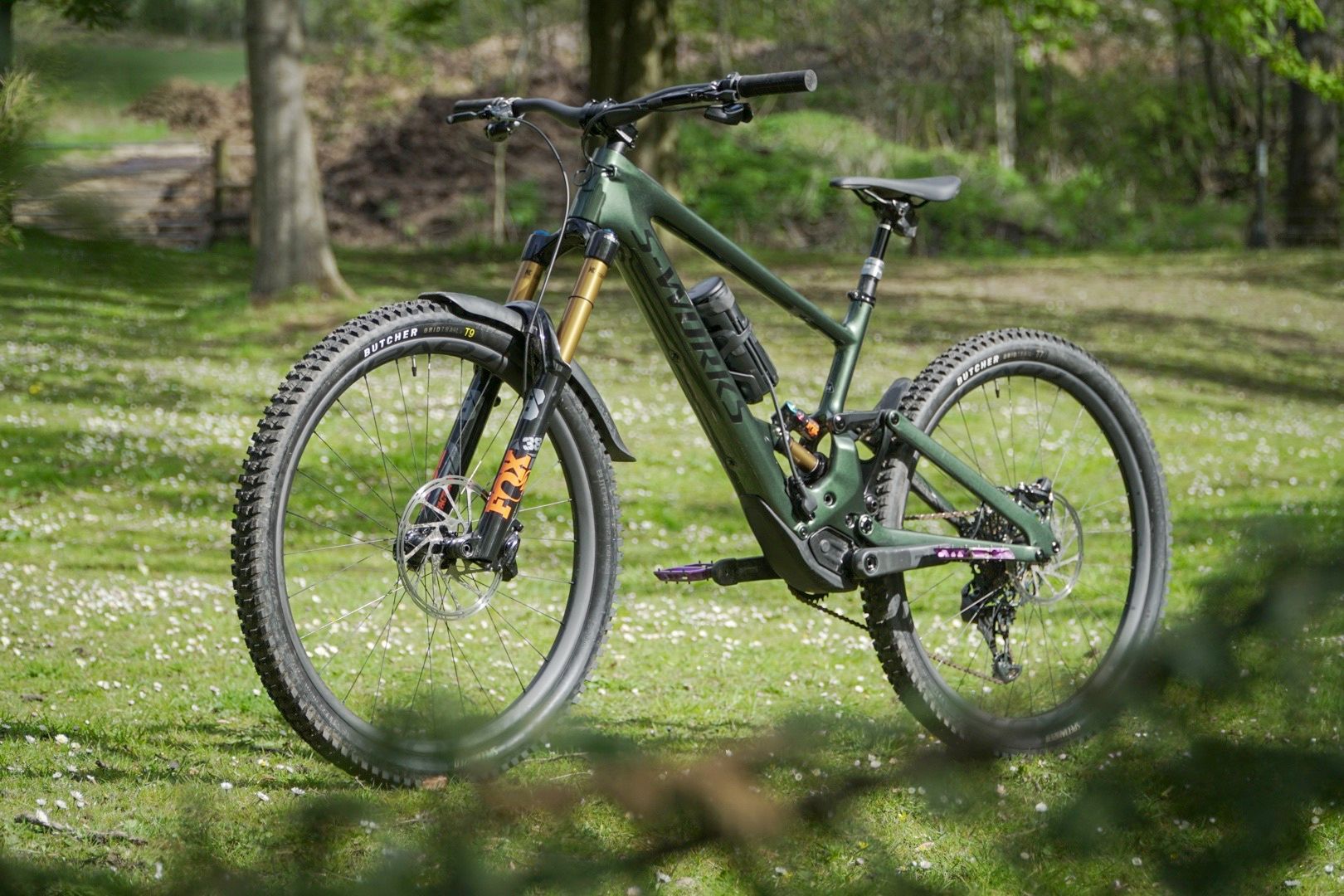
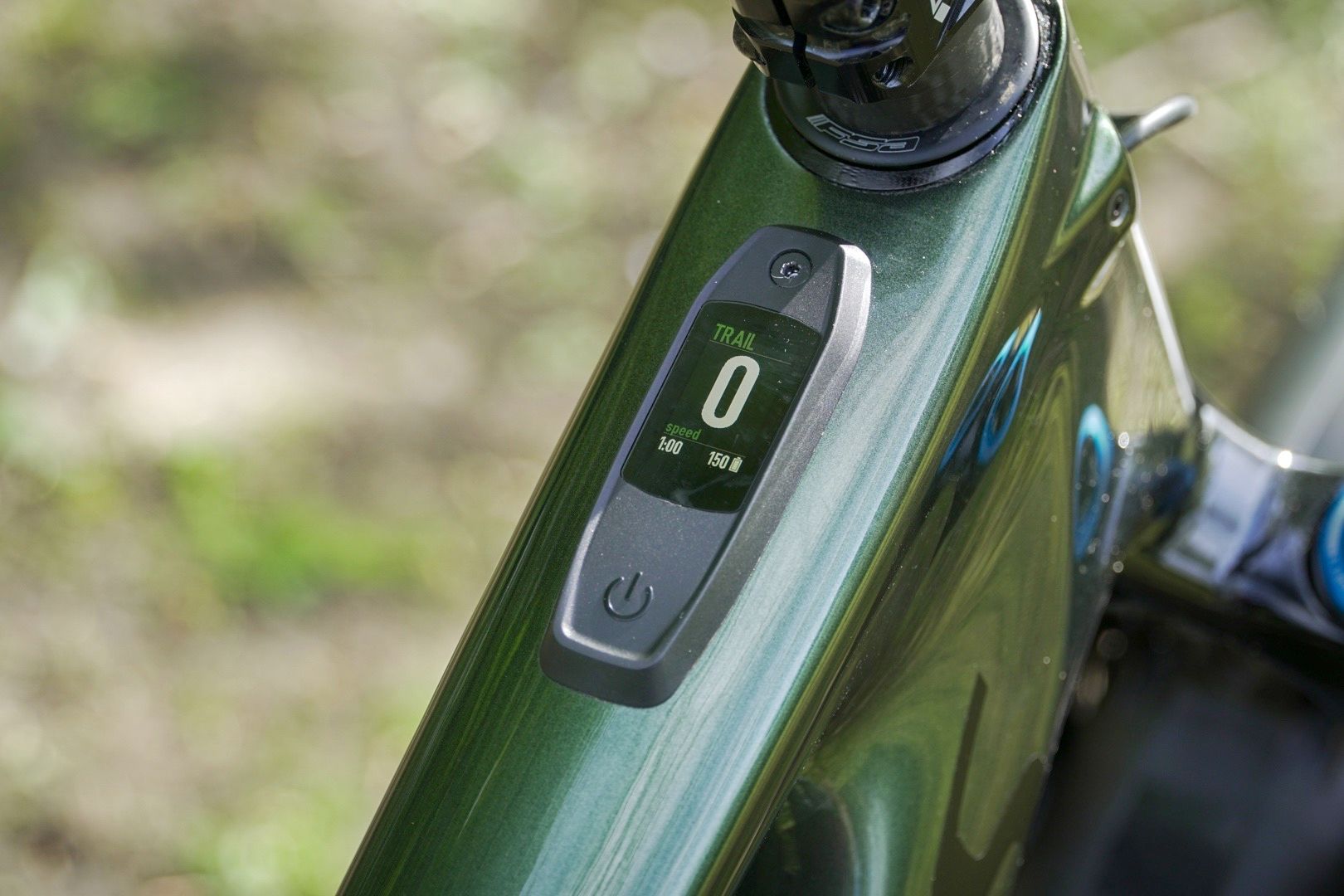
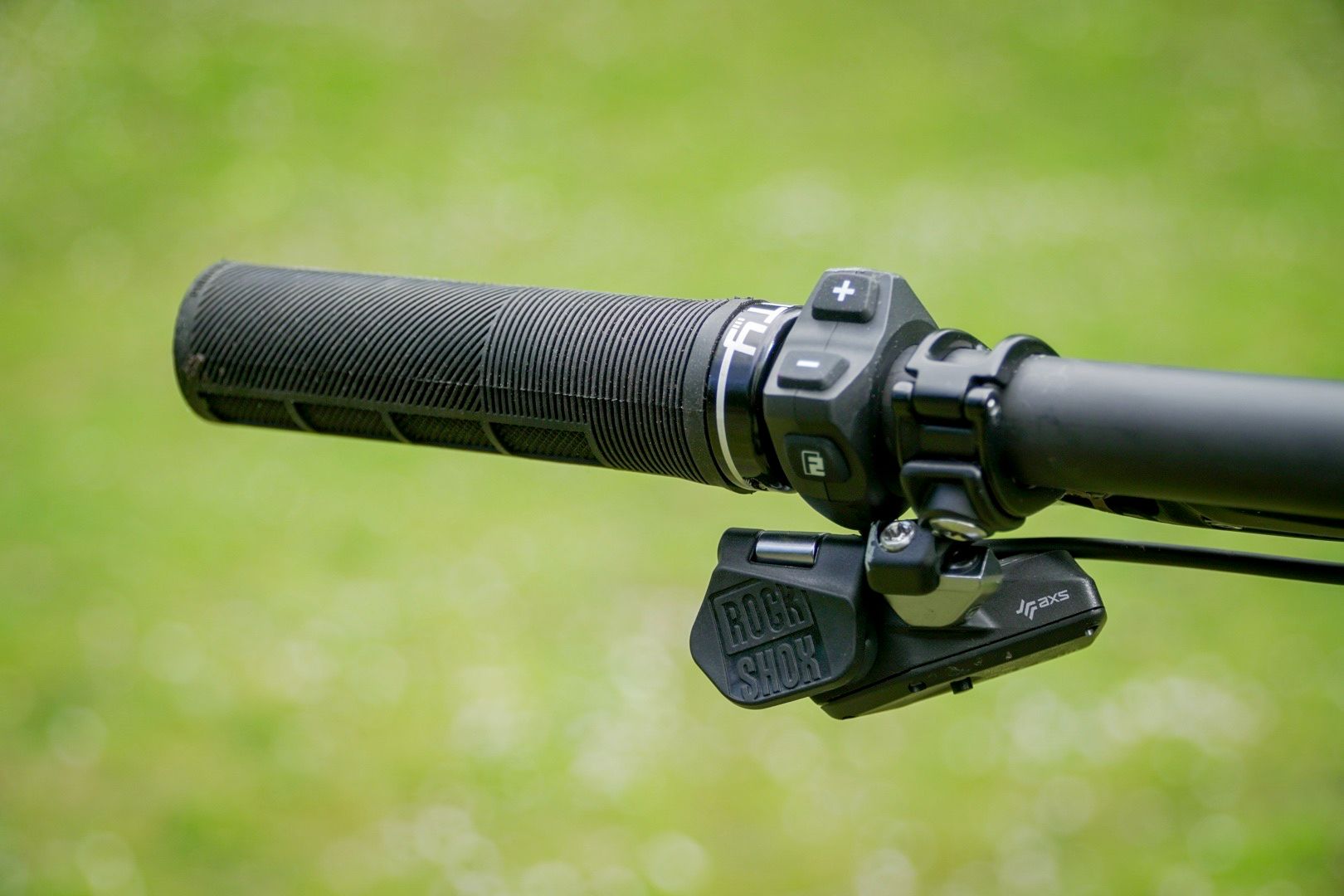
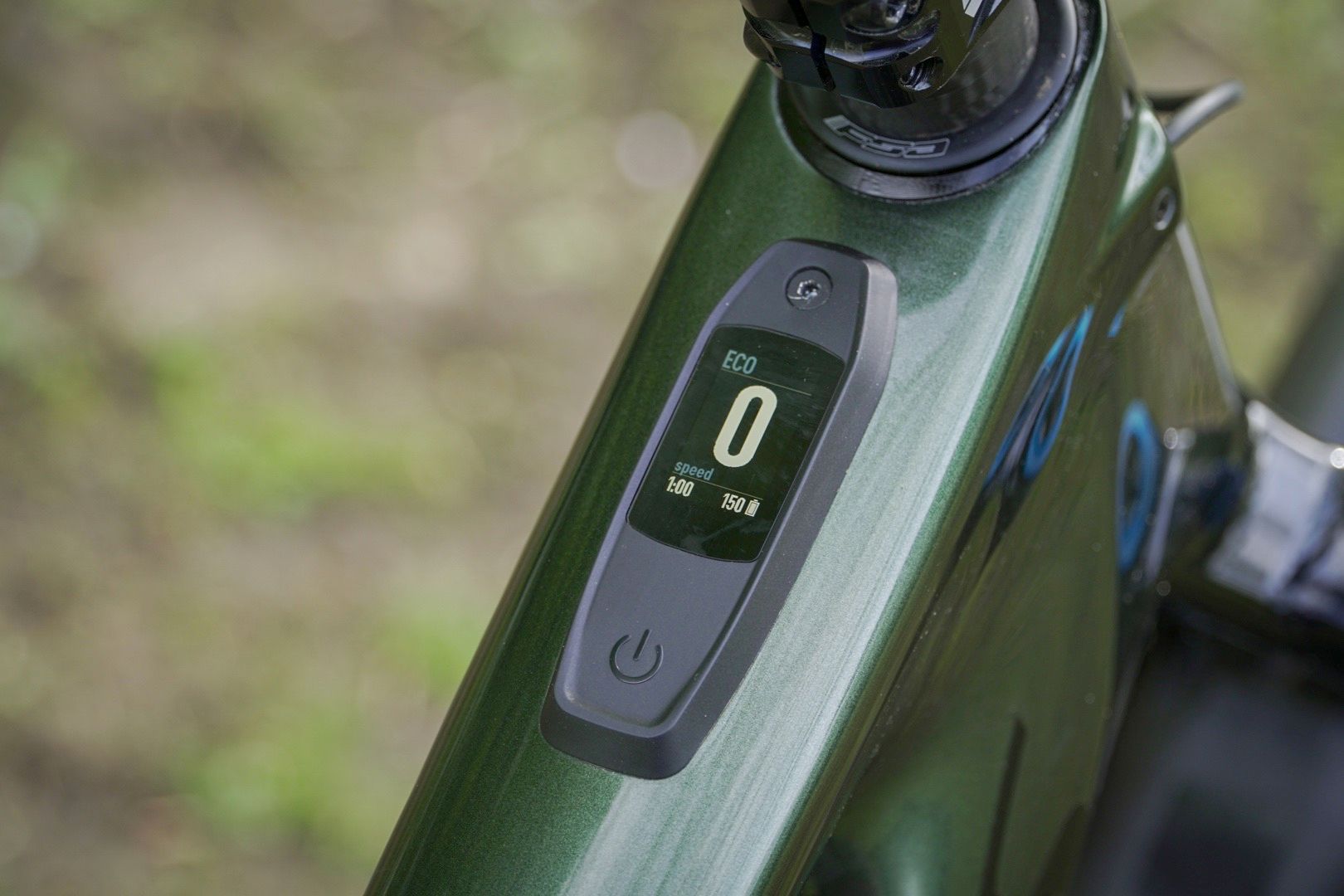

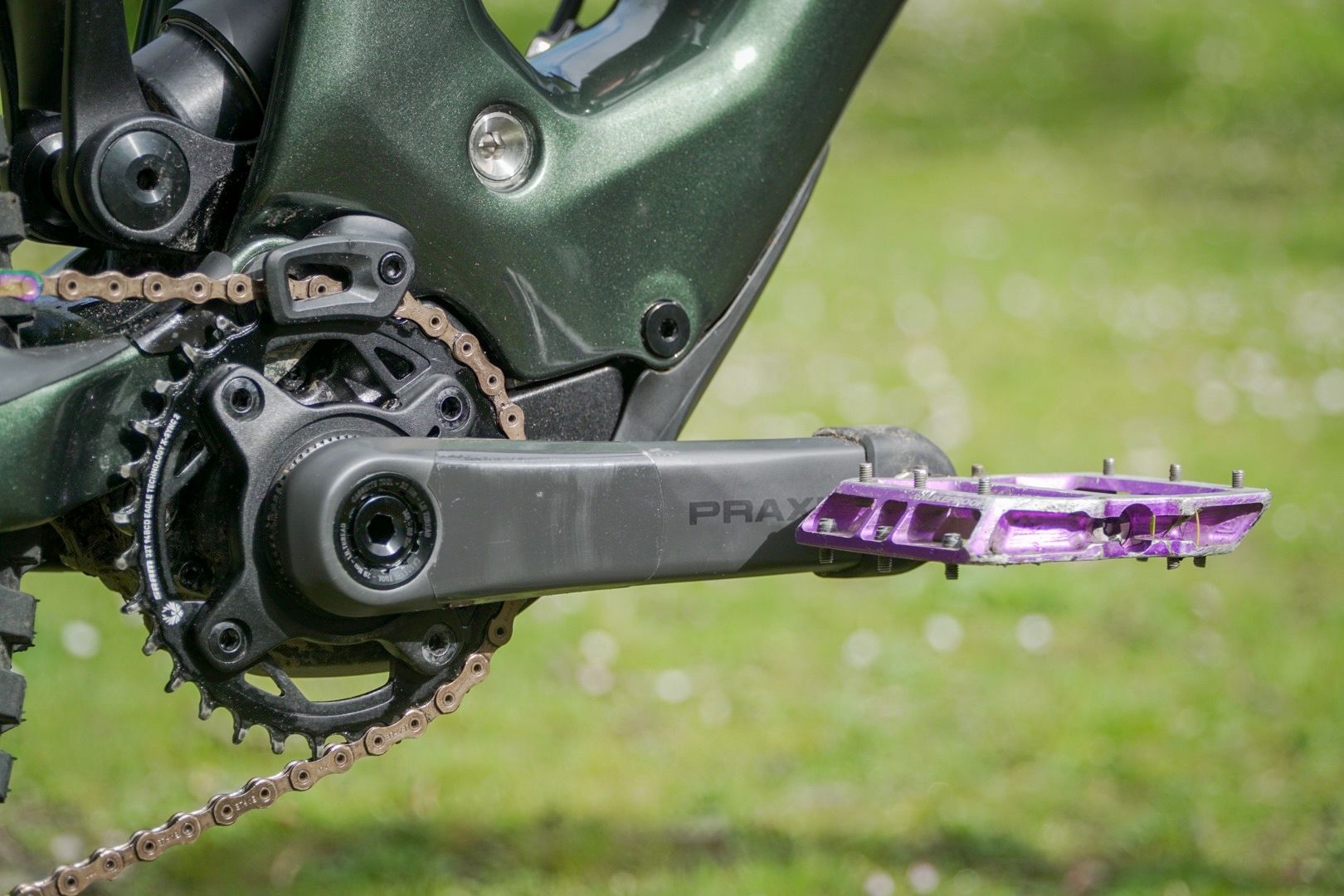
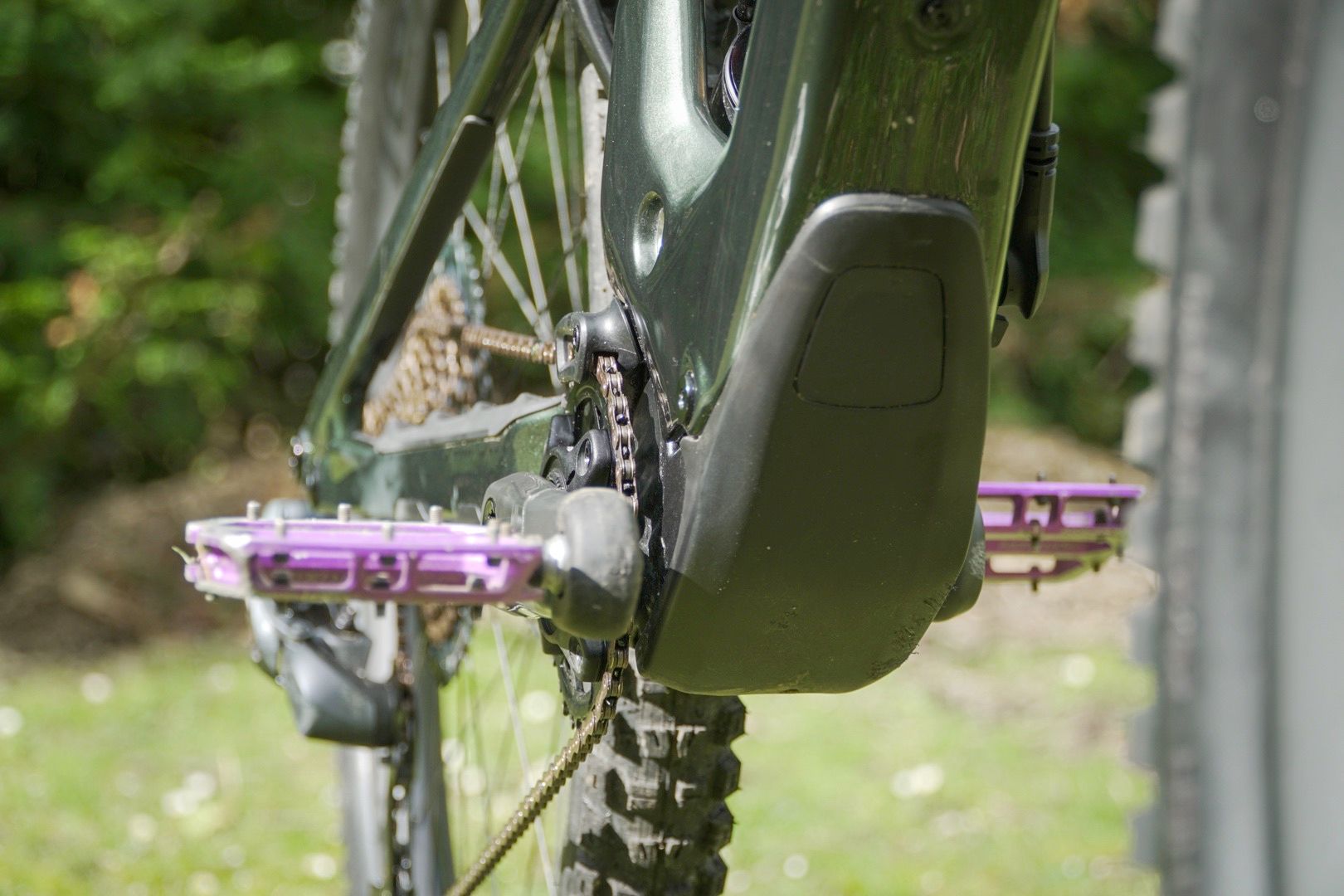
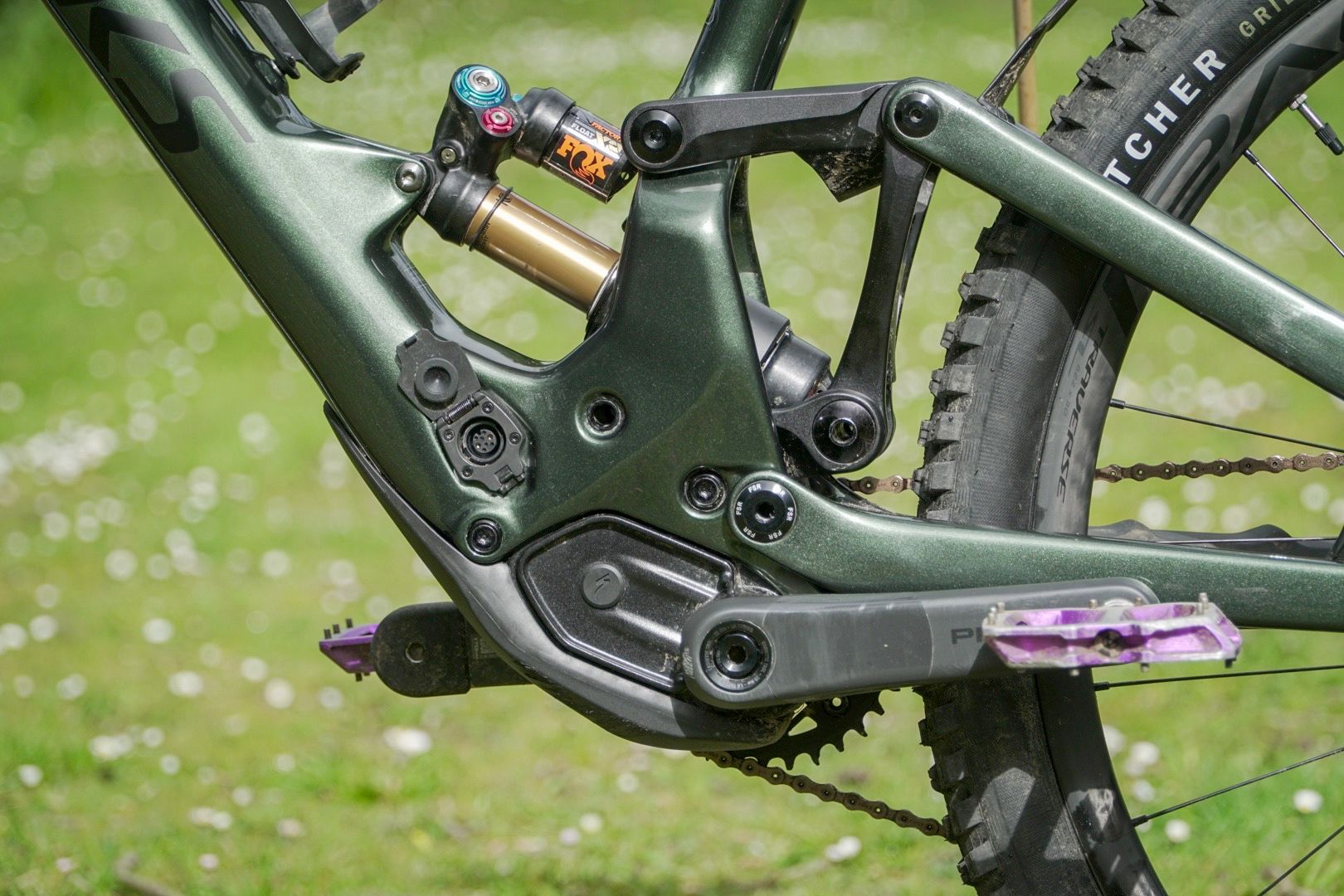
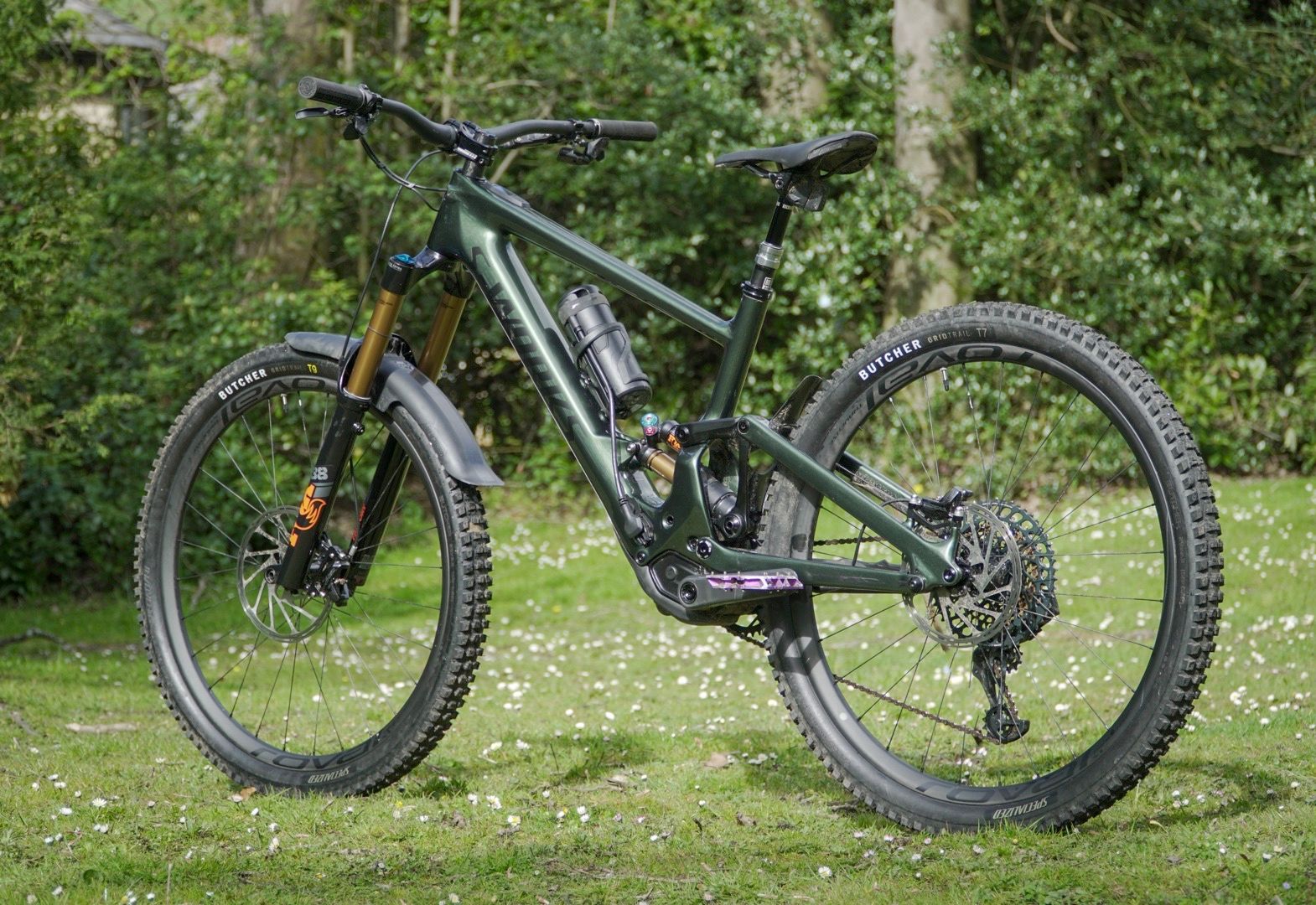
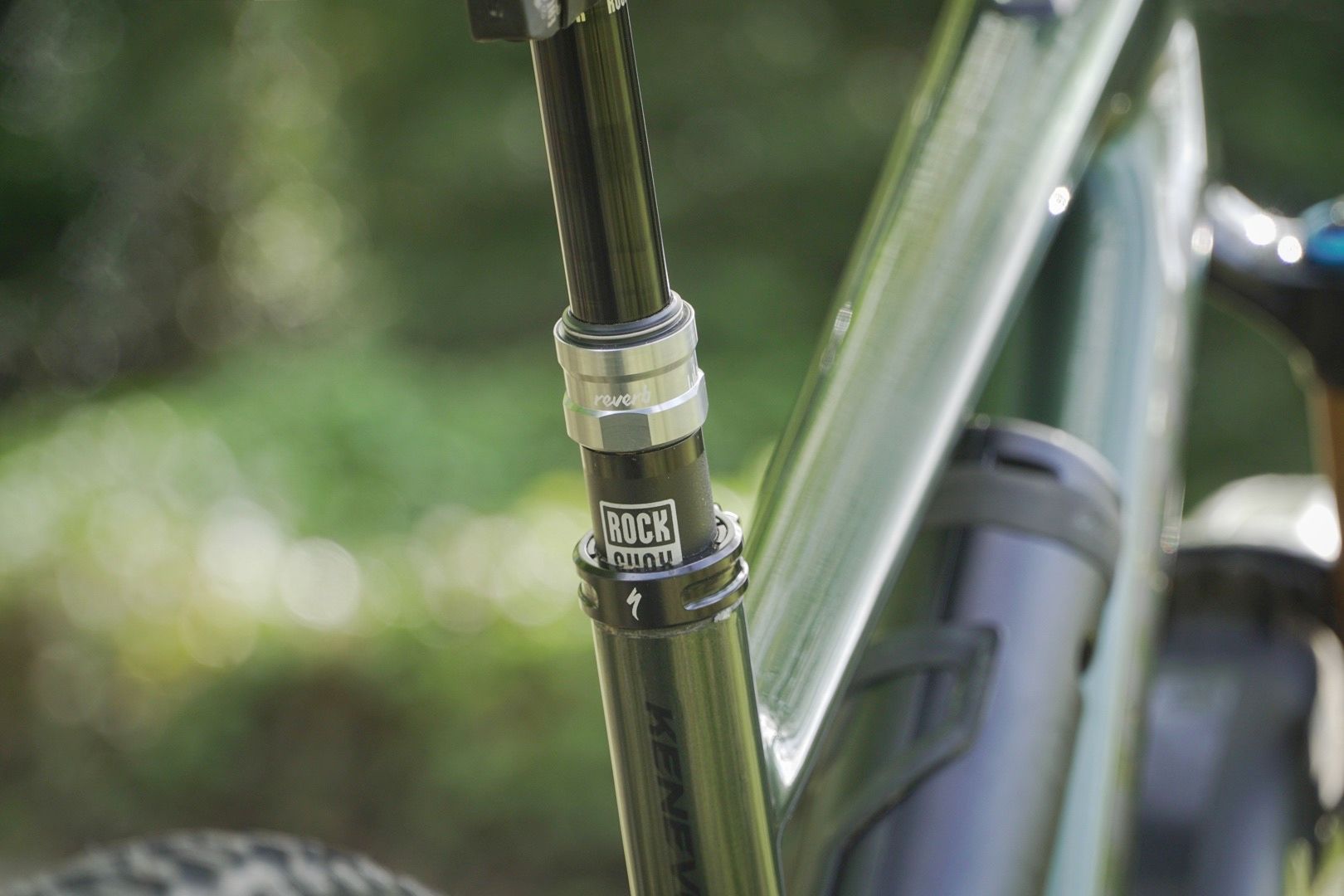
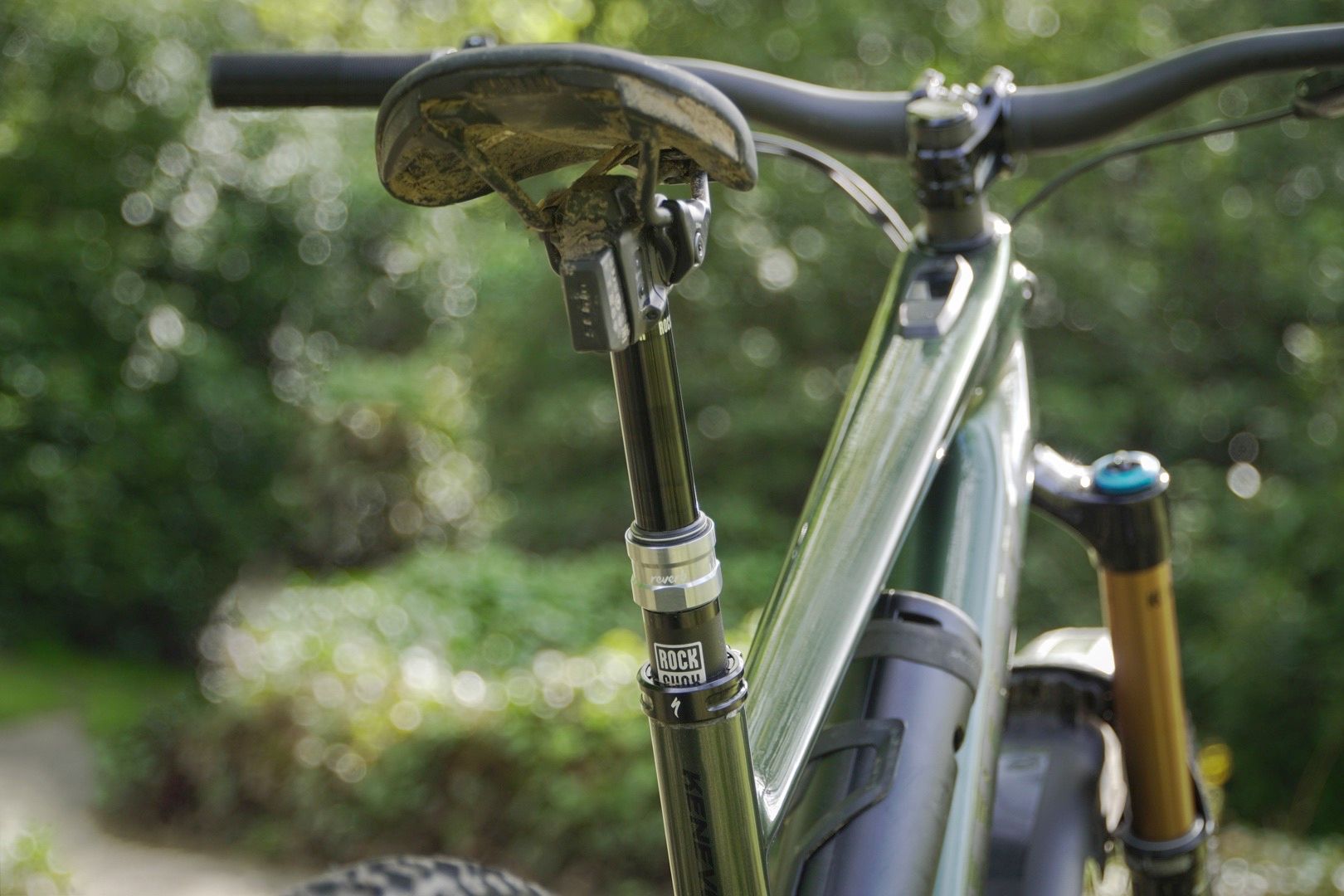
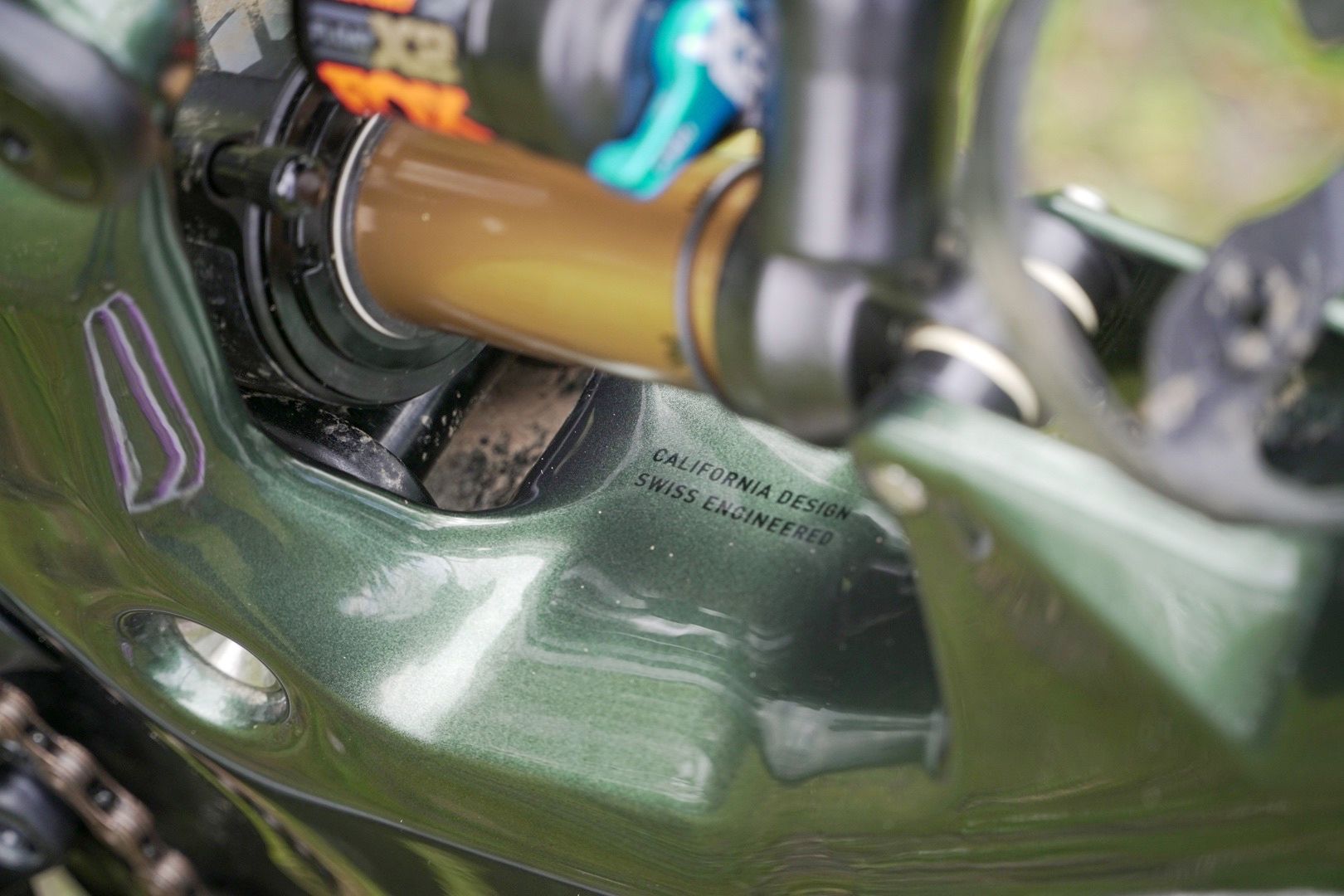
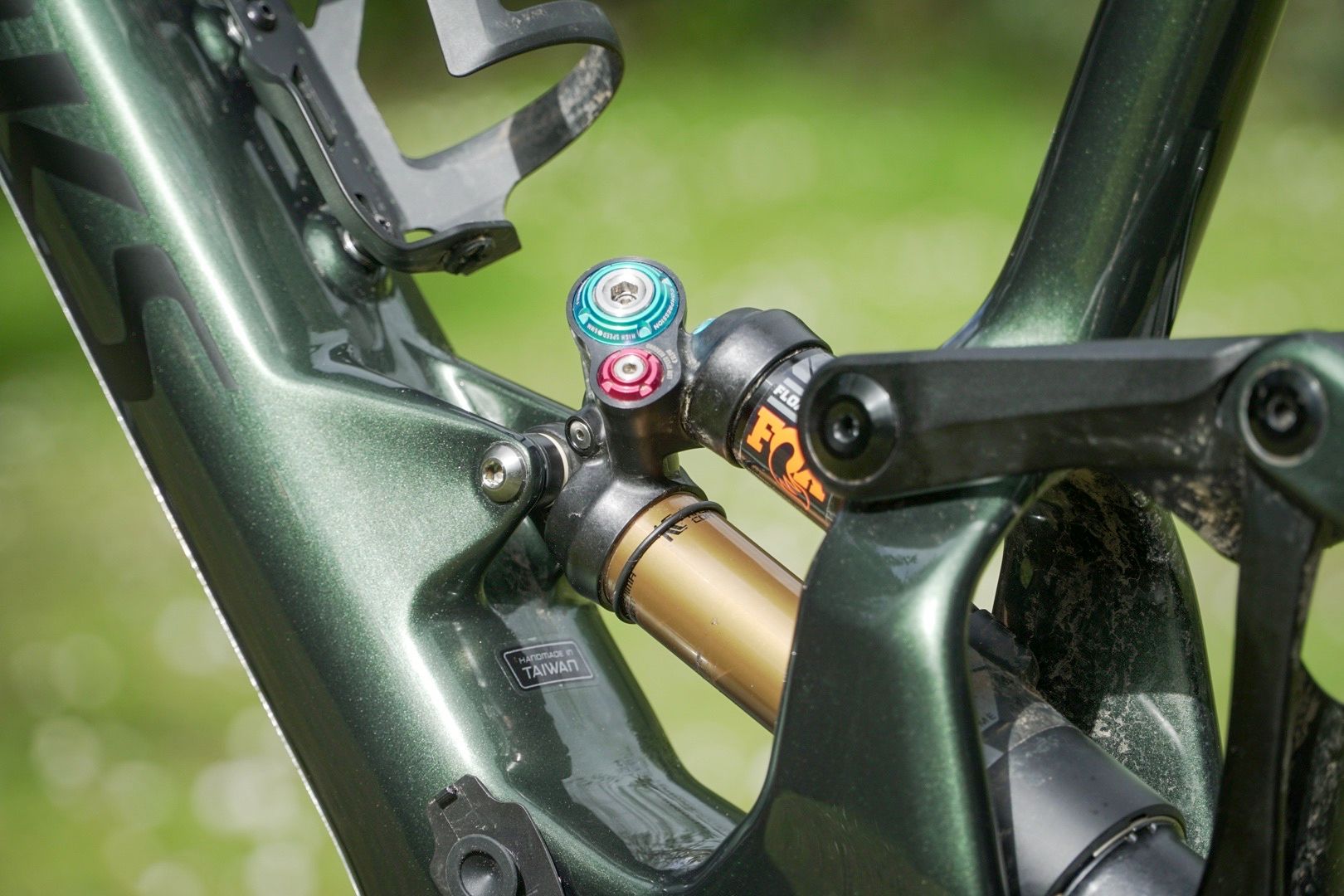
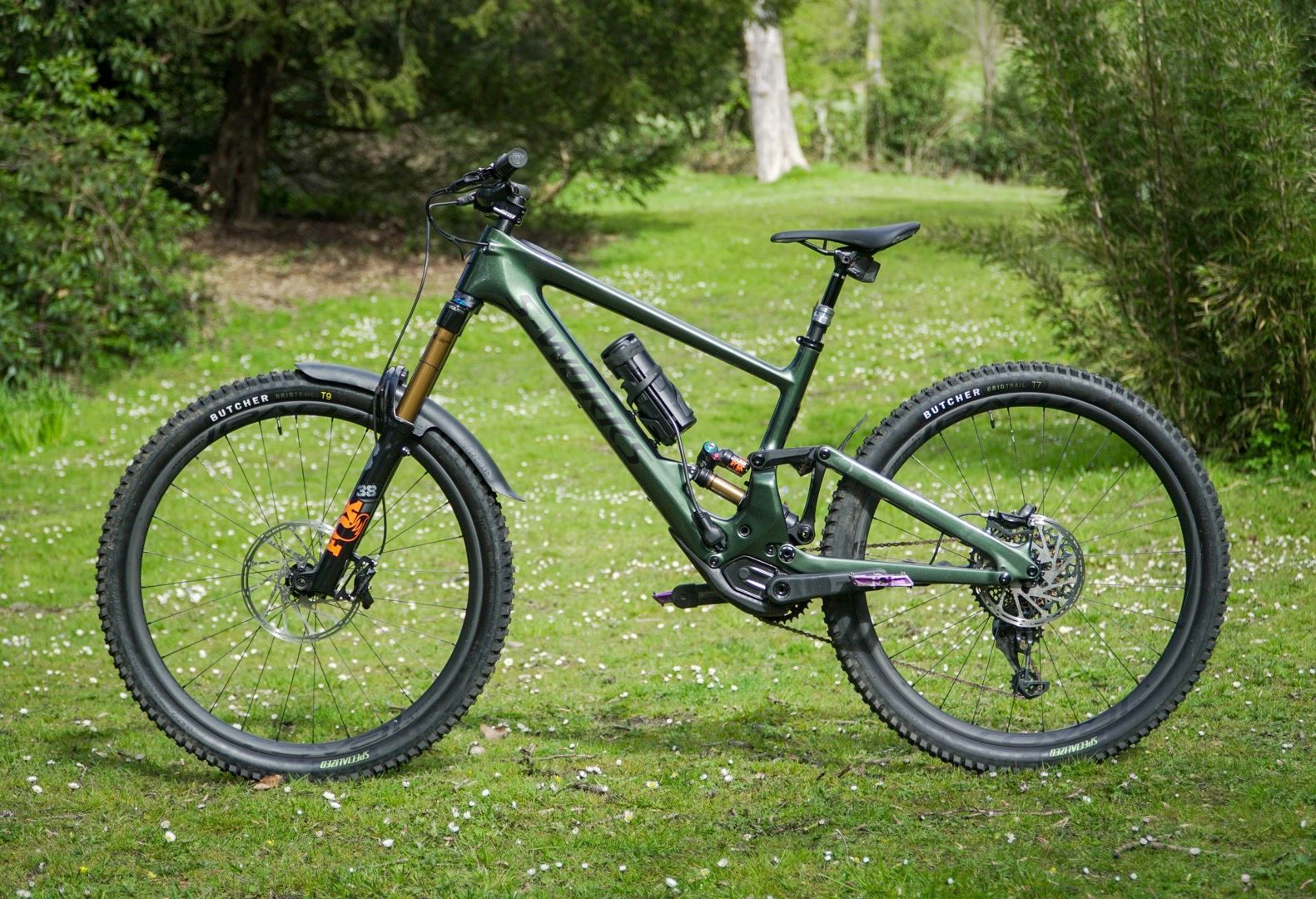
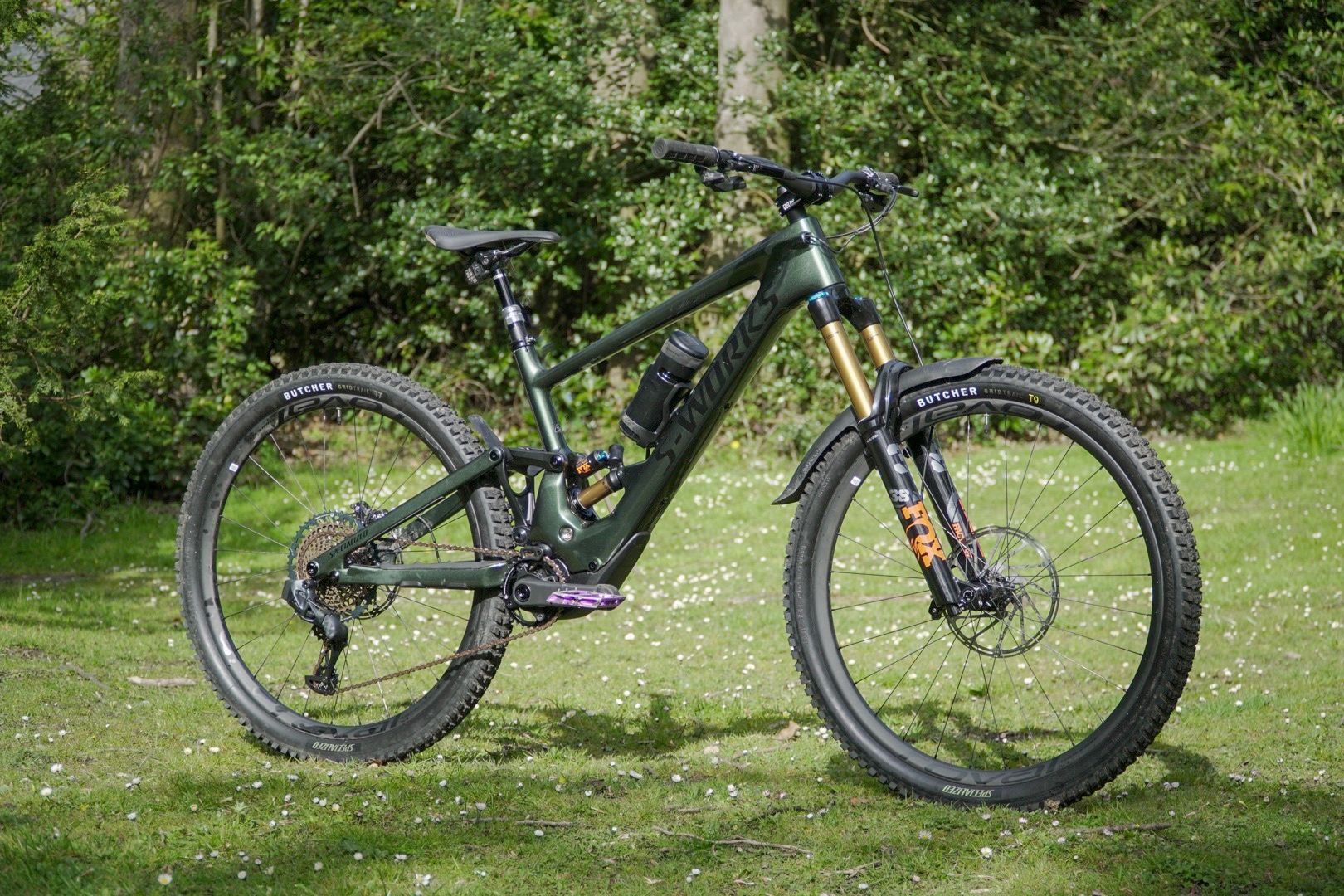
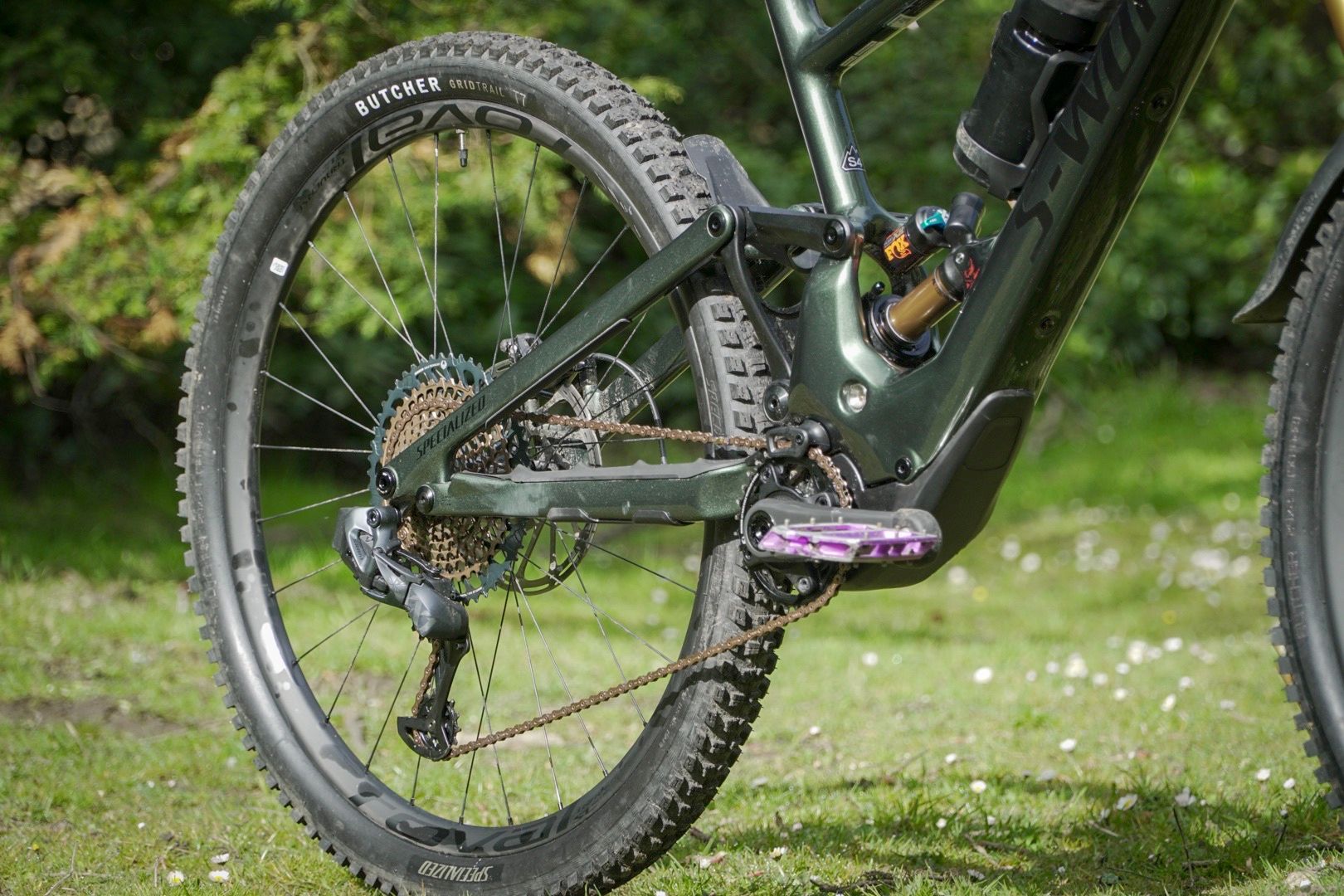

£12.5k – that’s more than I paid for my Caterham 7!!
Bike prices are getting out of hand!
How much *COULD* you pay for a Caterham? If you decided to buy the most expensive version?
I believe the Caterham 7 480 is about £40k and the Cheapest 160 version is about £15k in kit form.
This is the most expensive version of this bike. There are cheaper options.
Fair point!
Still think bike prices are getting out of hand tho
Fair point!
Still doesn’t convince me bike prices are out of hand tho
BTW the 620 is £54k
I don’t think “cheaper” is the correct adjective. Less expensive would be more accurate.
Not another motorbike
“might partially be down to having more than 50% less”
buy a normal enduro and pay a fitness coach with the leftover.
Impressed – probably the first E-FS I’ve seen that is not in any way ugly or compromised aesthetically by the motor system imo. A non-powered FS using similar packaging would look great.
Despite being a Specialized i quite liked the look of this. But then i got to the pricing….
Re: motorbikes…
It seems people buy more and more assisted bikes. At our shop the change has been pretty swift – 4 years ago we sold more regular bikes, three years ago sales were at parity about 50/50, and couple of years ago we sold more e-bikes than regular ones, and last year e-bike sales were already way above regular bikes. As absolute numbers, price-wise of course even more so – very few people buy 6000-8000 euro bikes, but plenty of people are willing to pay that much for an assisted bike.
And now due to covid and bike drought, we only have a few regular full suspension bikes and all the rest are e-bikes. All regular and cheap bikes are sold out already during the first months of the year.
Thank fheck I got an Orange Five a few years ago on a good deal. Like 20% of the price of this.
I’m able to buy 10 grand’s worth of pies and bacon with the difference.
(I bet the ebike will have a foohked battery and something wrong with the electronics resulting in it being more landfill before I’ve either finished that bacon, or my Five is too broken to fix.